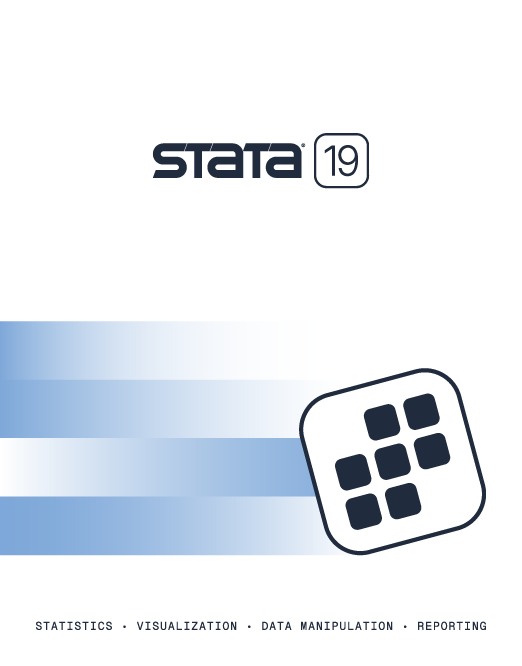
$295
18 July–5 September 2025
7 weeks (4 lessons plus overview of multivariate methods)
Jump to course schedule
Learn about univariate time-series analysis with an emphasis on the practical aspects most needed by practitioners and applied researchers. Written for a broad array of users, including economists, forecasters, financial analysts, managers, and anyone who wants to analyze time-series data. Become expert in handling date and date–time data, time-series operators, time-series graphics, basic forecasting methods, ARIMA, ARMAX, and seasonal models.
We provide lesson material, detailed answers to the questions posted at the end of each lesson, and access to a discussion board on which you can post questions for other students and the course leader to answer.
Discounts available for enrollments of five or more participants.
Can't wait? Enroll in NetCourseNow 461 →
Course leaders are available for discussion during the break.
Note: The previous four lessons constitute the core material of the course. The following lesson is optional and introduces Stata’s multivariate time-series capabilities.